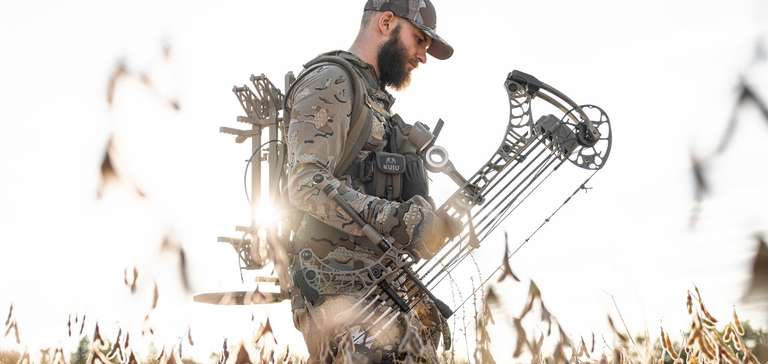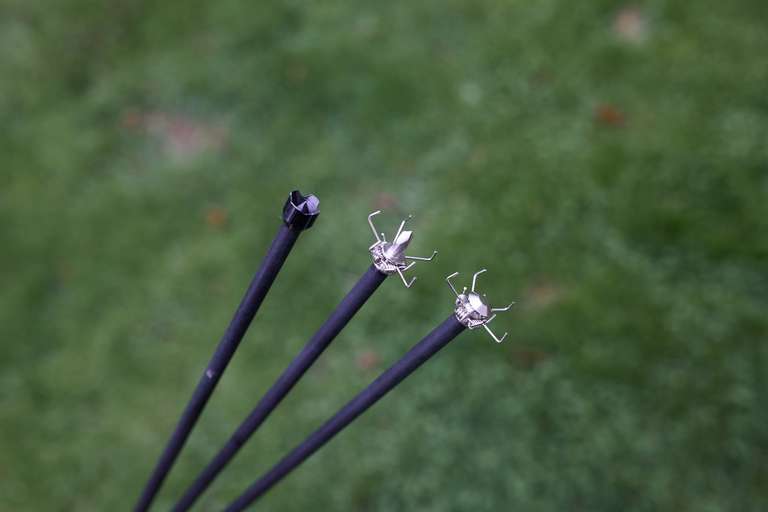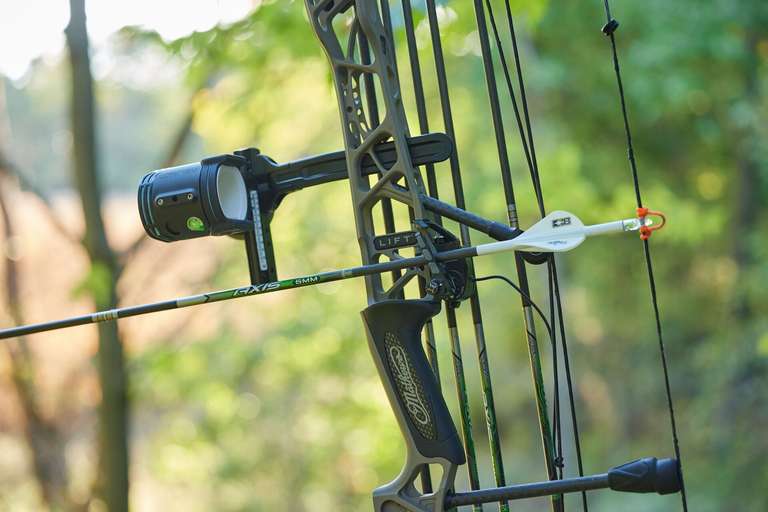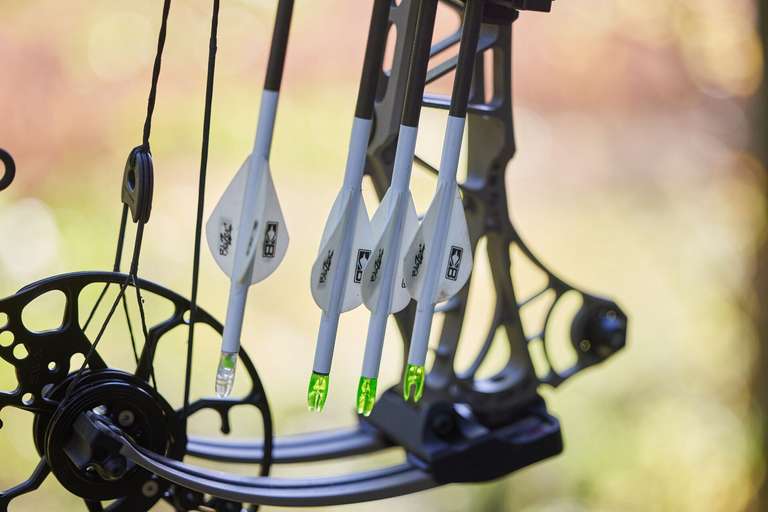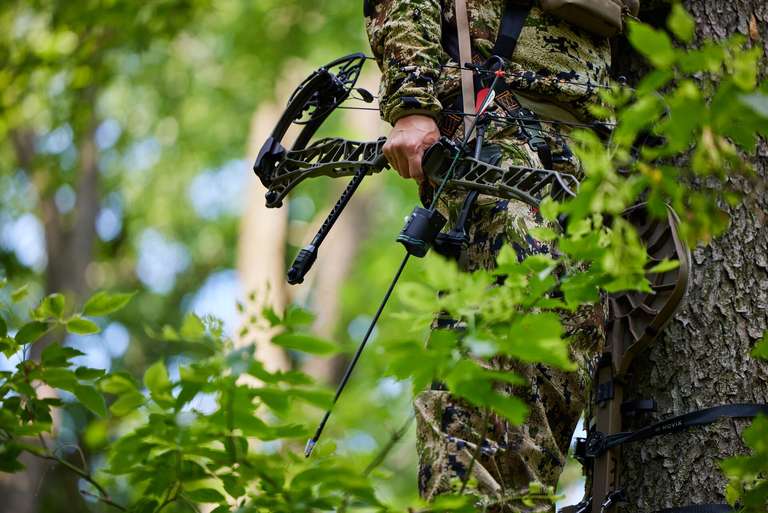How to Shoot a Bow and Arrow for Hunting (Successfully)

For many hunters, learning how to shoot a bow and arrow seems to be a natural progression of the hunter who is continually seeking a challenge. After all, bowhunting often represents a frustratingly rewarding blend of fieldcraft, skill, and precision under pressure.
If you're new to bowhunting, mastering the art and science of archery, whether you're using a modern compound bow or a traditional recurve bow, being able to do so is critical to becoming an ethical and successful bowhunter.
We're here to help you become a bowhunter! Keep reading for:
- An Intro to Bowhunting
- How to Choose the Right Bow
- Setup Basics
- Proper Form
- Strategy and Ethics
- And more!

An Introduction to Bowhunting
Becoming a bowhunter is more than just using a bow and arrow. It's hunting shrunk down to a more intimate distance.
Unlike using a rifle, where effective ranges are measured in hundreds of yards, the nature of bowhunting gear limits the effective range to 40 yards — and often 20 yards or under.
The hunter’s proximity to an animal whose senses are always on high alert is a fundamental game-changer. Not only do you need to have the requisite stalking skills and understanding of the animal’s behavior, but you also need to draw your bow well within the animal’s alarm detection bubble.
This requires patience and a willingness to wait for that perfect broadside shot.
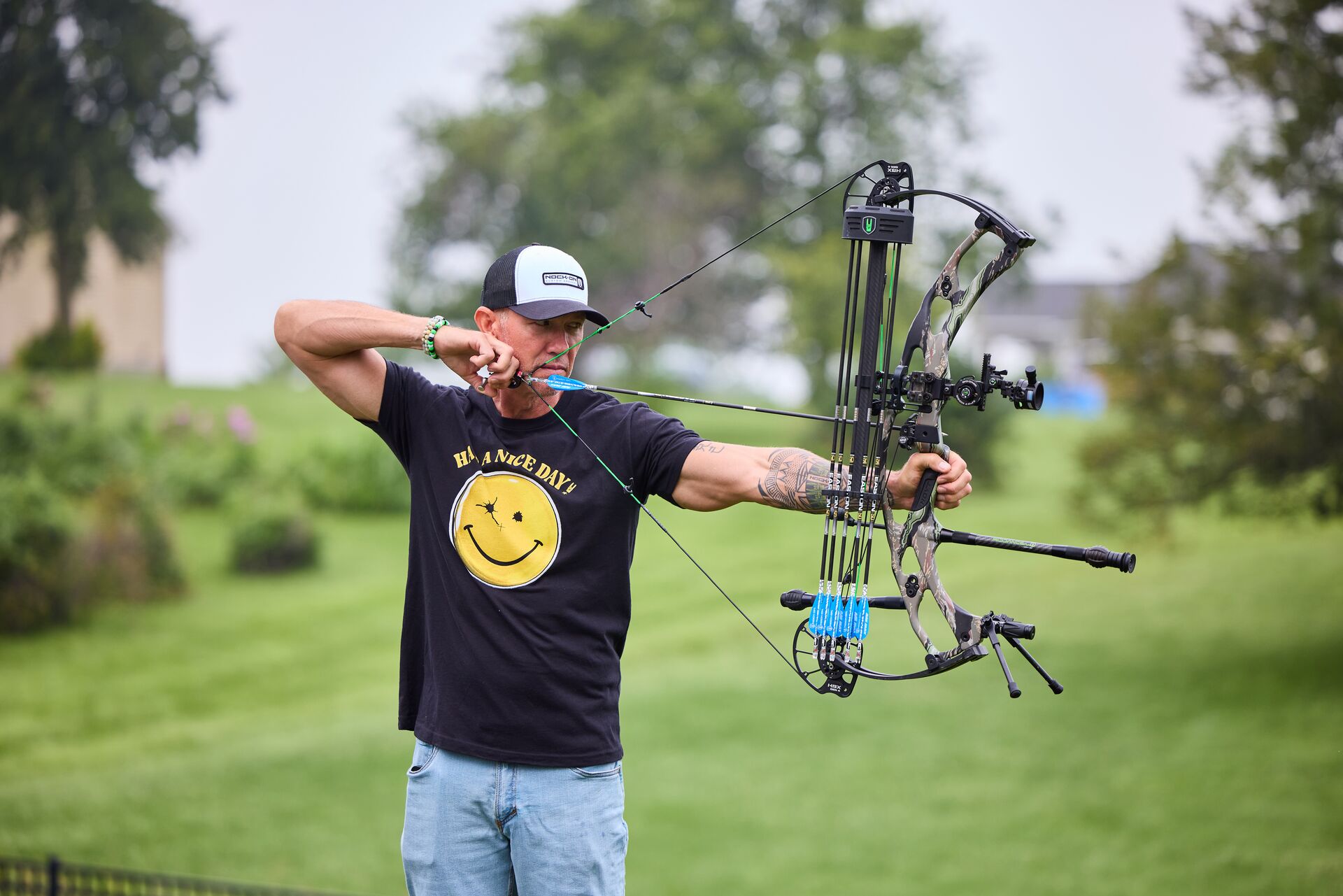
How to Choose the Right Bow for Hunting
Three general bow types fall under the archery umbrella, and each has its pros and cons for hunting.
1. Compound Bows
These bows are the most popular choice for today’s bowhunters. With proper coaching, most novice archers can drive arrows into a 10-inch group within an hour.
The cam and pulley system provides a mechanical advantage that lets you shoot at a heavier poundage (faster arrows with more impact force) while holding a reduced poundage (up to 80% less than the draw weight) at full draw. Compounds are also equipped with sighting systems for greater precision at known distances.
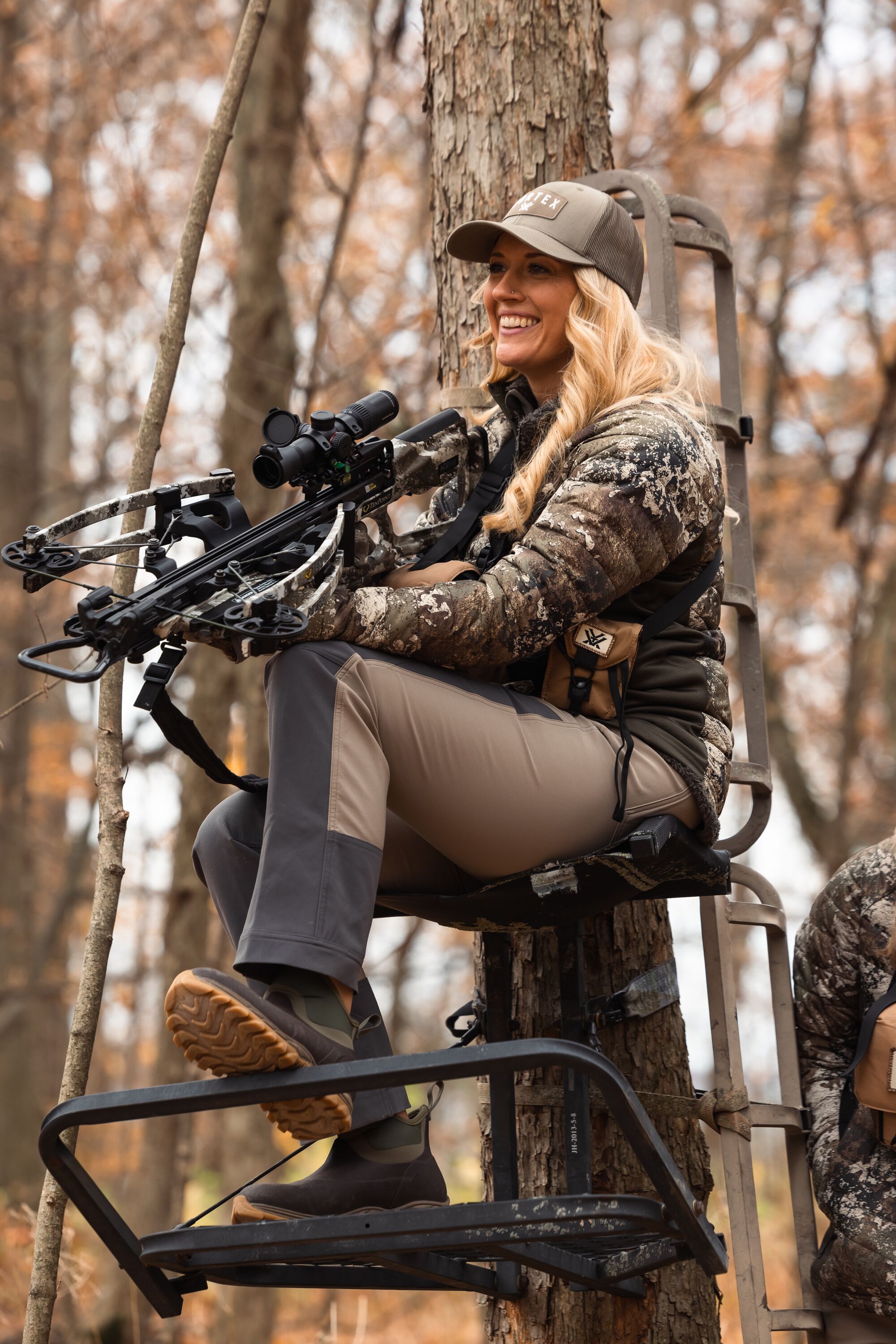
2. Recurve Bows and Long Bows
These bows are typically used by more experienced archers who are seeking the challenge of shooting without mechanical advantage or complex sighting systems. Many archers enjoy the simplicity and additional skill required to use a traditional bow.
3. Crossbows
A crossbow uses a rifle-like stock and scope to launch bolts (short arrows). This weapon is often easier for beginners to learn. Although crossbows are legal to use in many states, they are not always included in archery season, so know your state's regulations.
No matter which type of bow you use, make sure you use a draw weight and draw length that match your strength and body size. When in doubt, I always recommend starting with a lighter bow weight, allowing you to focus on proper technique and reduce the risk of injury.
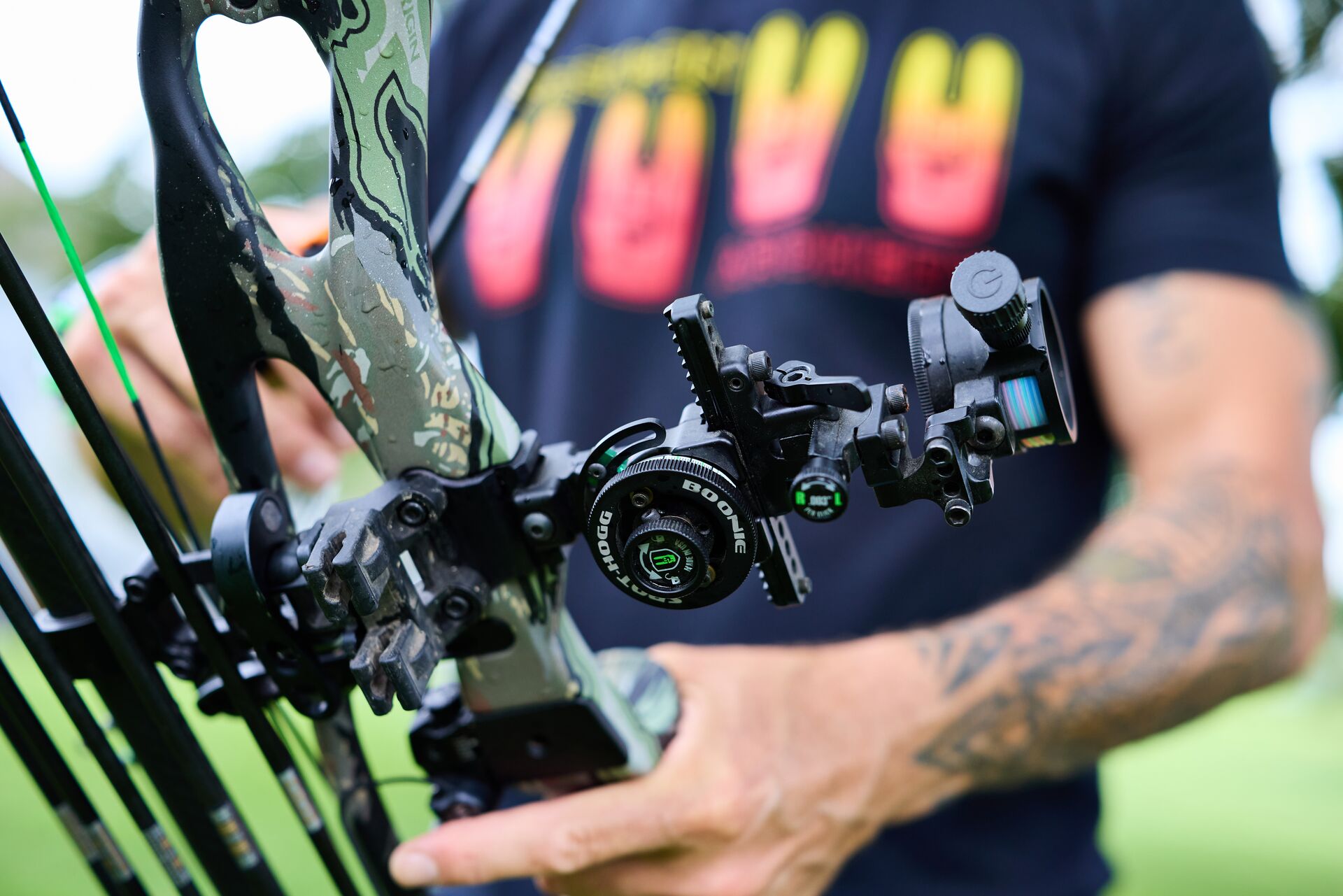
Getting Started: Bow Setup Basics
Correctly setting up your bow can make the difference between shooting a precision weapon or fighting a “struggle stick.”
The first accessory most compound archers install is a sighting system. This involves an adjustable sight mounted on the bow riser and a peep sight inserted into the string. Some recurve archers will use a basic pin sight, while longbow hunters typically rely on the arrow tip as an aiming reference.
Other equipment, such as an arrow rest, stabilizer, and quiver, is a matter of personal preference and can be added after you’ve spent several hours behind the bow.
Once your bow has the basic accessories, you’ll need to tune your bow. This is a multi-step process that involves adjusting the nock point up or down, fine-tuning the arrow rest, and testing various arrow spines and point weights to achieve the optimal flight.
One last tip: Don’t be in a rush to shoot broadheads. They’re expensive and can destroy targets.
Practice with field points that are the same weight as the broadhead you want to use. Although field points and broadheads behave differently in flight, you’ll use the field points to develop good practice habits and shooting form.
What's the Correct Form for How to Shoot a Bow and Arrow?
Every time you practice archery with a compound or traditional bow, focus on these key fundamentals of how to use a bow.
These fundamentals include:
- Stance: Stand with your feet shoulder-width apart in a relaxed, natural stance, with your body roughly perpendicular to the target.
- Grip: Use a light grip to hold the bow. You want to eliminate any torque that will alter the arrow’s flight path. This is why many archery coaches advocate using a small portion of your palm and an index finger to hold the bow, not “grip” it with all fingers.
- Draw: Pull the string rearward using your back muscles and not your arms. This makes the draw easier and less likely to cause shoulder and biceps injuries.
- Anchor Point: Finding a consistent anchor (like a middle or index finger to the corner of your mouth or cheekbone) is critical to consistent accuracy. Find an anchor and stick with it.
- Release: Allow the string to be released smoothly with every shot. Whether you’re using a mechanical release or your fingers, you want to have a surprise break, just like when shooting a rifle or pistol.
- Follow-Through: Just a tiny amount of movement during the shot process can send your arrow several feet off course. Maintain your bow arm’s firing position until you see the arrow hit the target.
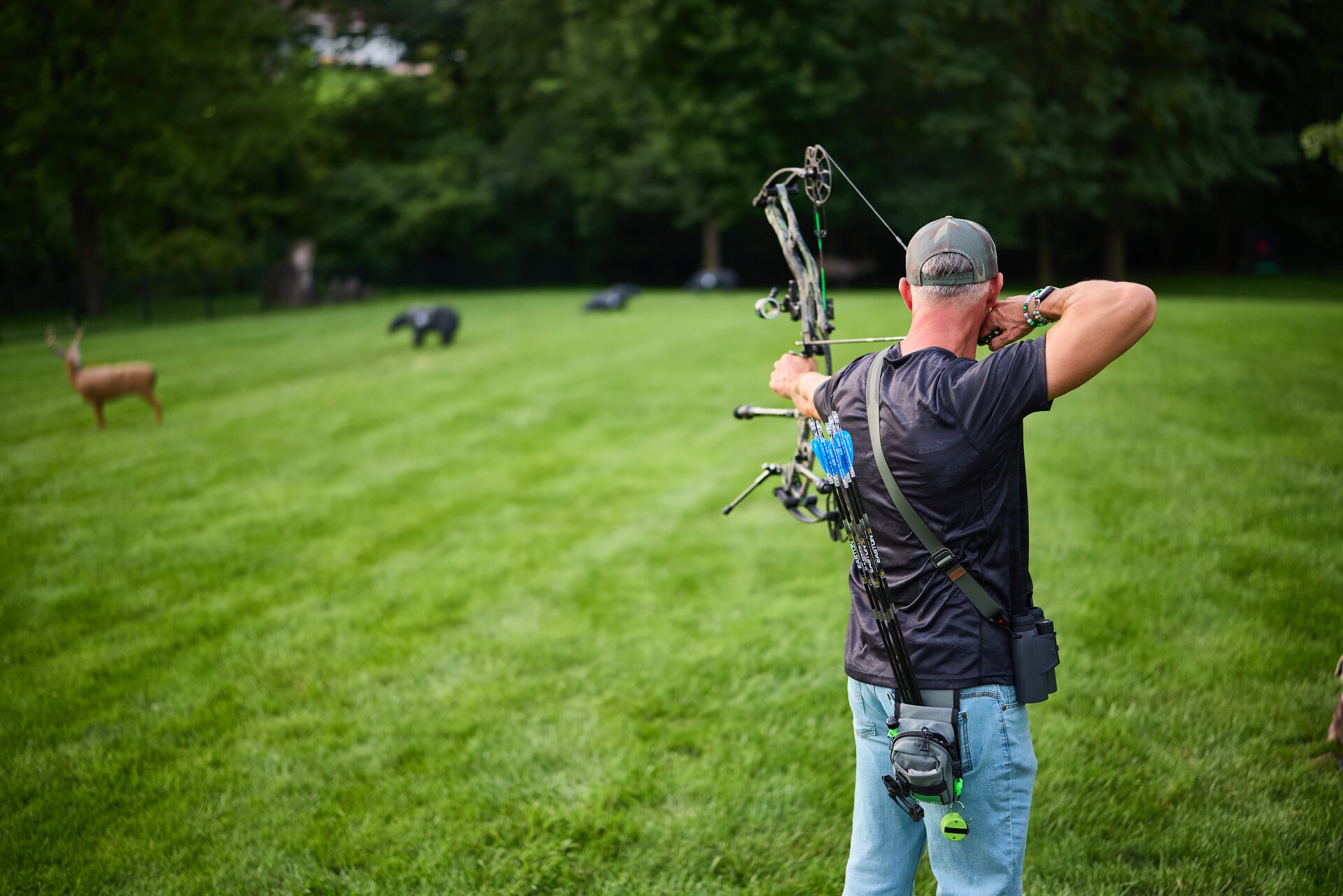
Practice for Real-World Hunting Scenarios
With bowhunting, you’re not always going to get the perfect standing shot on level ground. This is why you need to learn how to shoot a bow and arrow in varying field conditions.
Practice shooting 3D targets at different distances (both known and unknown) to determine your maximum effective range. Also, be sure to shoot from elevated and unconventional positions (e.g., kneeling) to determine the necessary adjustments you’ll need to make to hit the target.
As you get closer to archery season, repeat all of your practice drills in full hunting gear. Wear the backpack, binos, boots, and jacket you’ll use in the field. Doing so will help you identify clothing and gear that impede your draw, make noise, or just get in your way.
Bowhunting Strategy and Ethics
As with any hunt, learning how to bow hunt requires an unwavering commitment to all aspects of the pursuit.
Pre-season scouting is critical to identifying an animal’s travel routes and behaviors. You’ll need to anticipate where the animal will be and use that information to plan your stalk or ambush site.
Once you’ve decided to draw back on an animal, be patient. Never force a shot. Use patience to wait for the ethical shot placement opportunity. You are using a flying scalpel that must hit the heart-lung area when the animal is broadside or slightly quartering away.
Once the arrow finds its mark, let the mechanics of blood loss work. Give the animal time to pass and then track it slowly and carefully. If you have the opportunity, put a second arrow in the heart-lung area.
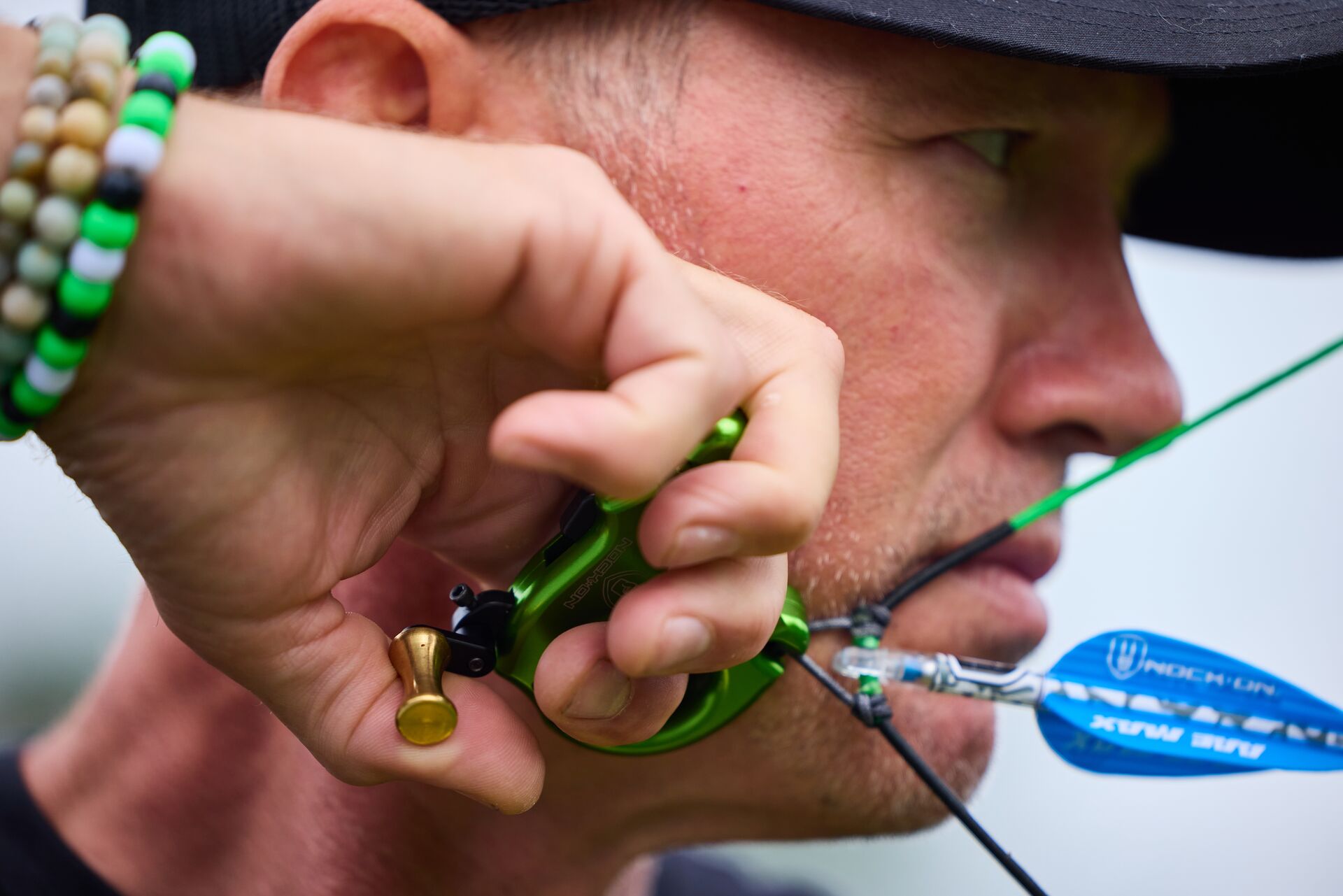
Your Essential Gear Checklist for Bowhunting
Aside from your properly equipped bow and tuned arrows, here are some items you’ll want to keep in your bowhunting pack:
- Razor-sharp broadheads
- Sharpening stone
- Rangefinder
- Release aid or finger tab/gloves
- Scent control
- Game bags
- Kill kit (basic field dressing equipment that includes your tag)
- Small, portable target for practice in camp
Make Sure You Know the Rules
Regardless of what weapon you use to harvest game, you’ll need to know your state’s hunting regulations and seasons.
Check the rules on approved bowhunting equipment, broadhead types and restrictions, legal hunting seasons and times, and whether or not you’re required to wear blaze orange clothing.
Some states, such as Rhode Island, require an archery proficiency test in addition to your hunter education certification.
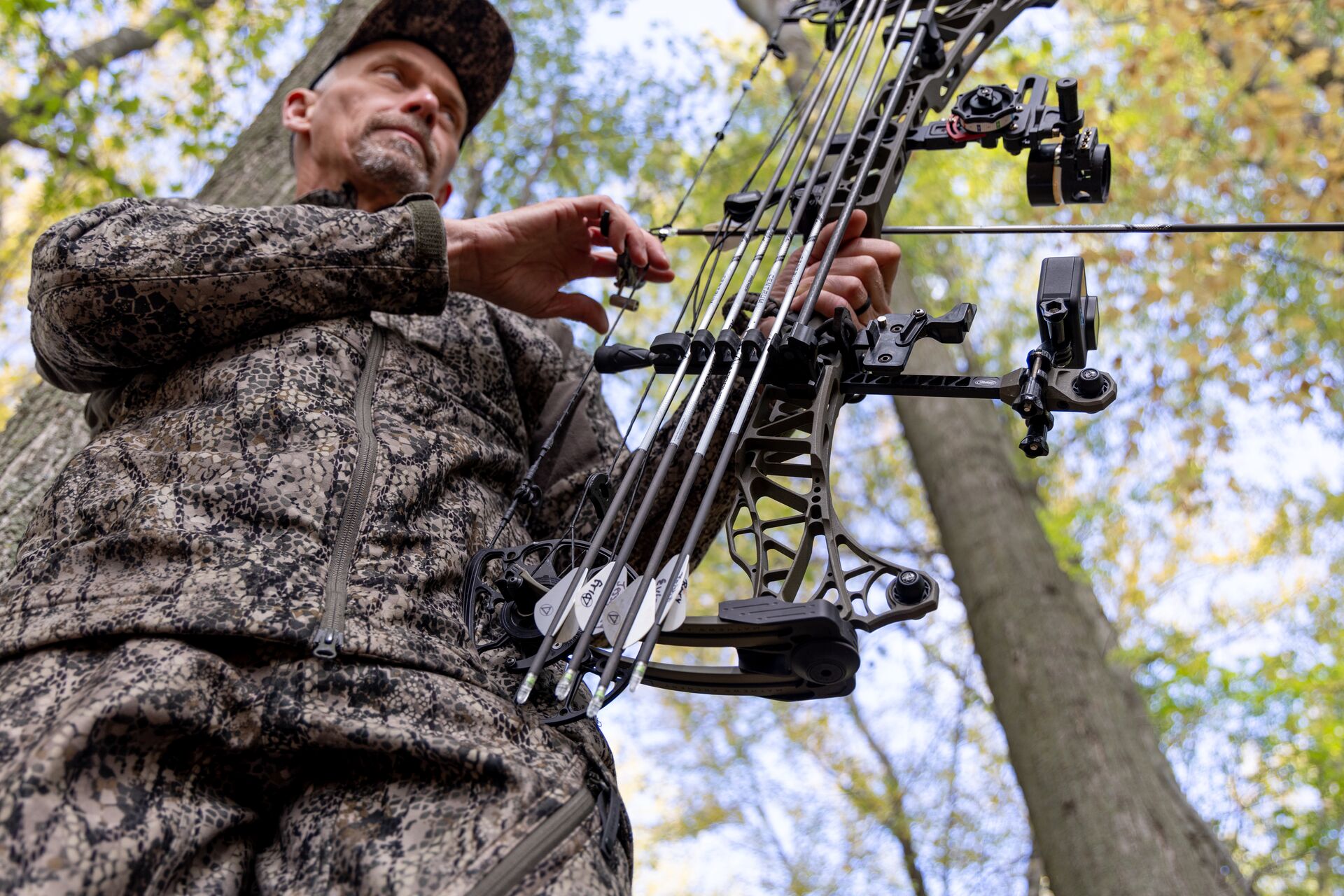
Learn How to Bow Hunt Safely with ilearntohunt
Buying a bow and arrows is just the first step on the path to becoming a proficient bowhunter. Learning proper form and technique and developing a consistent, year-round practice routine are what will help you become a successful bowhunter instead of a frustrated one.
Start the foundation of learning how to shoot a bow and arrow for hunting with a state-approved hunter safety course through ilearntohunt. You’ll learn about basic archery skills, animal behavior, safety, and how to create enjoyable and ethical hunting experiences.
Plus, most states require hunters to take a hunter education course before getting a hunting license.
So, choose the ilearntohunt course for your state and let us help you stay safe when bowhunting this season!

